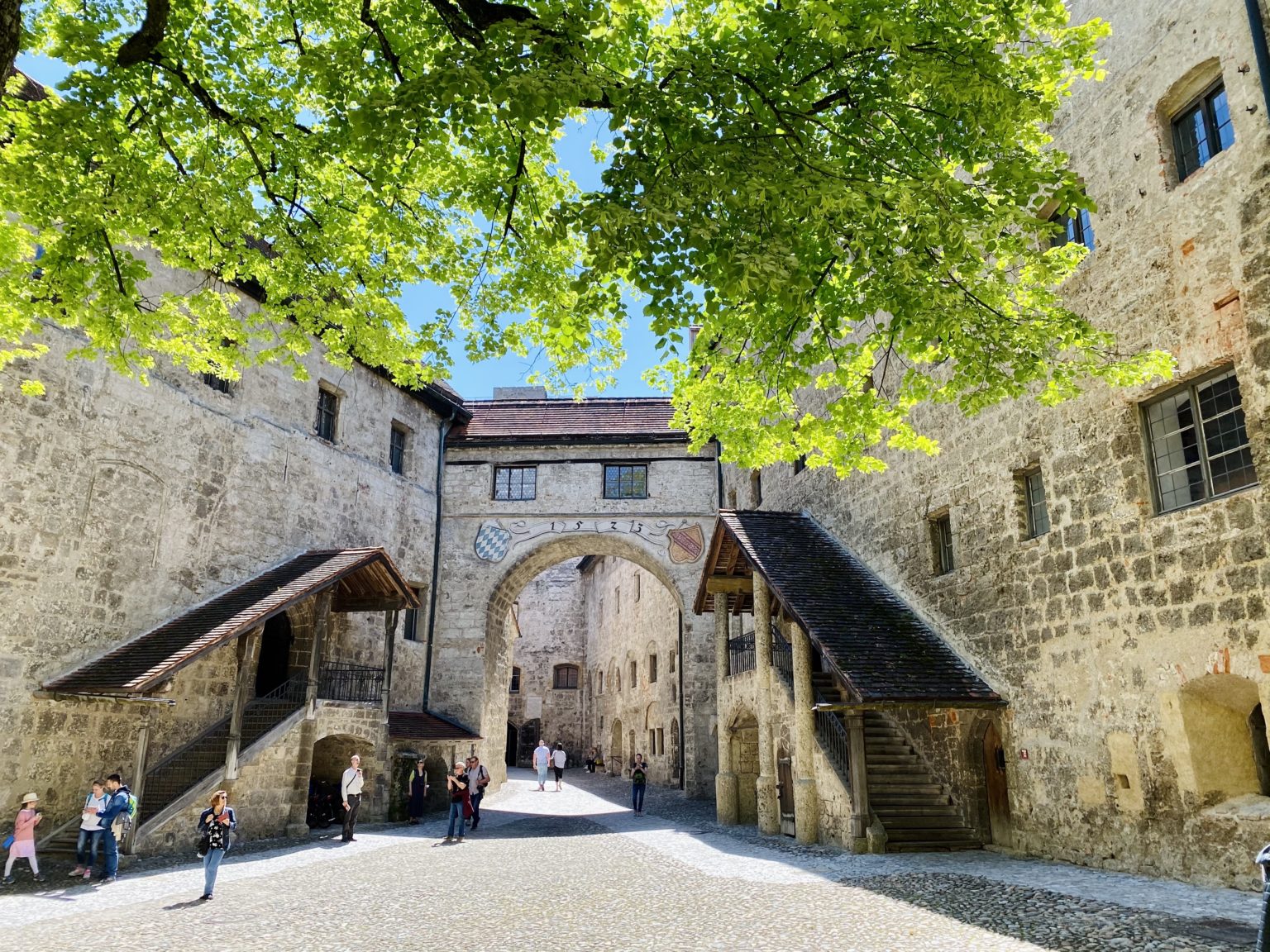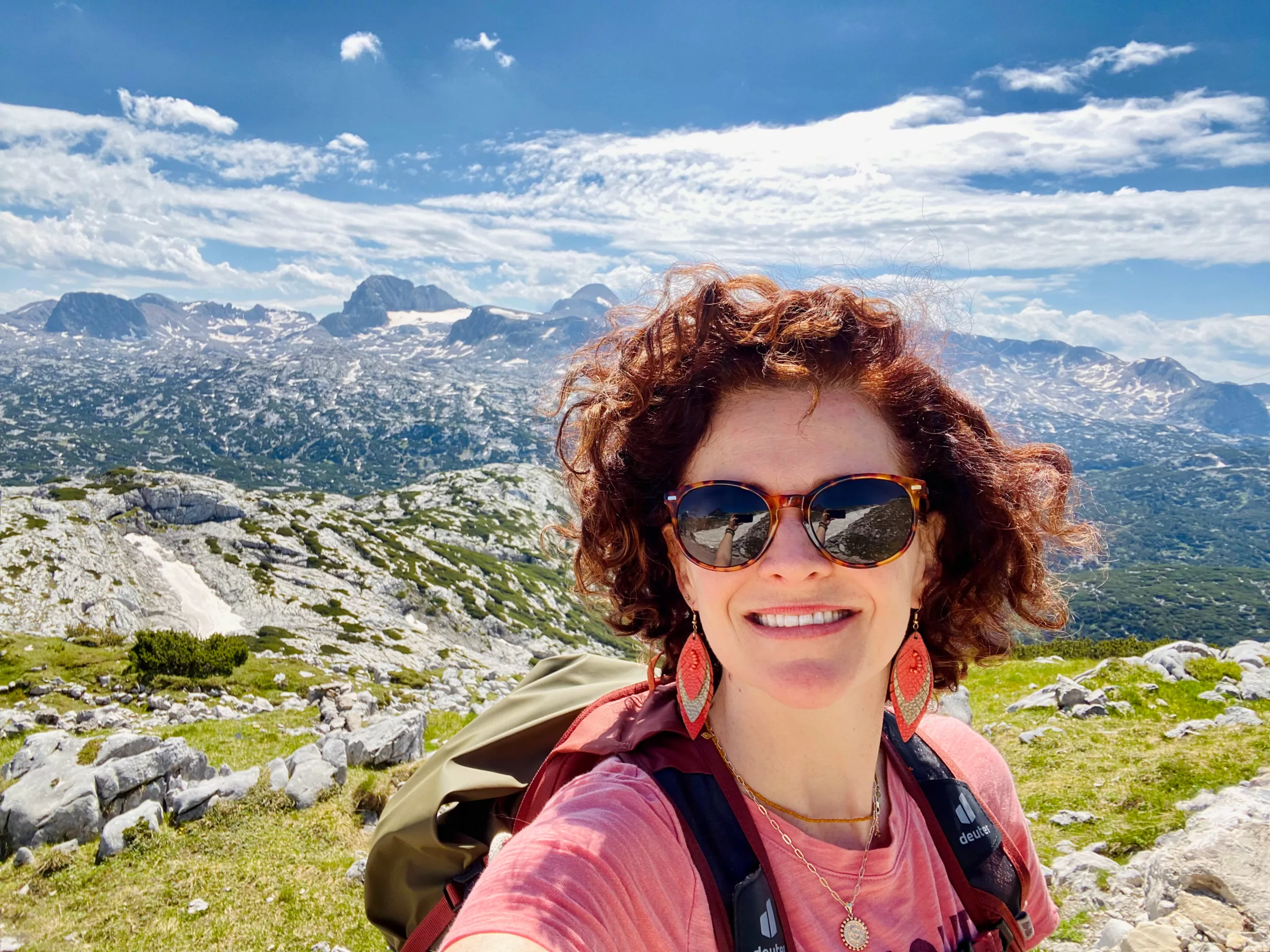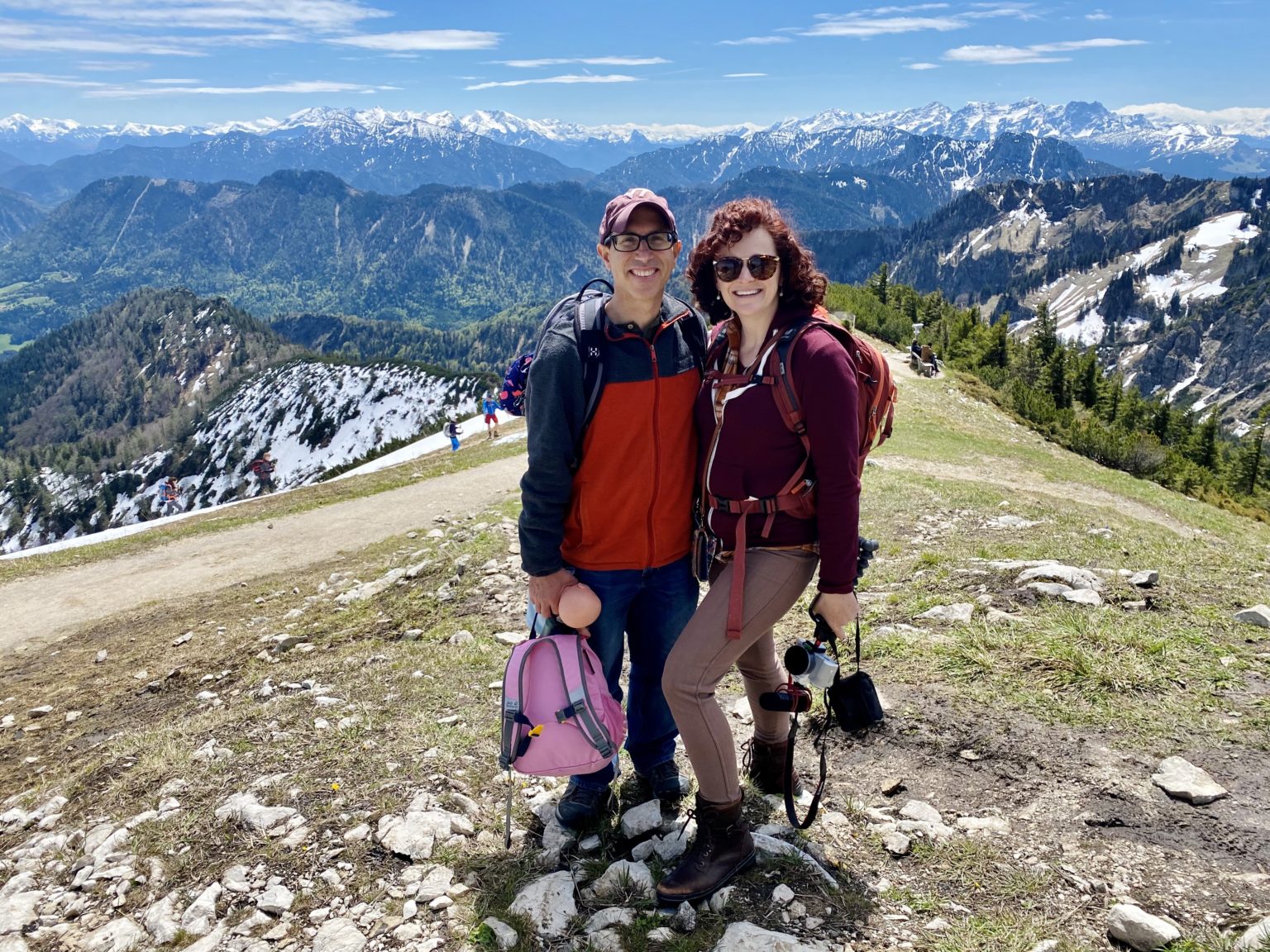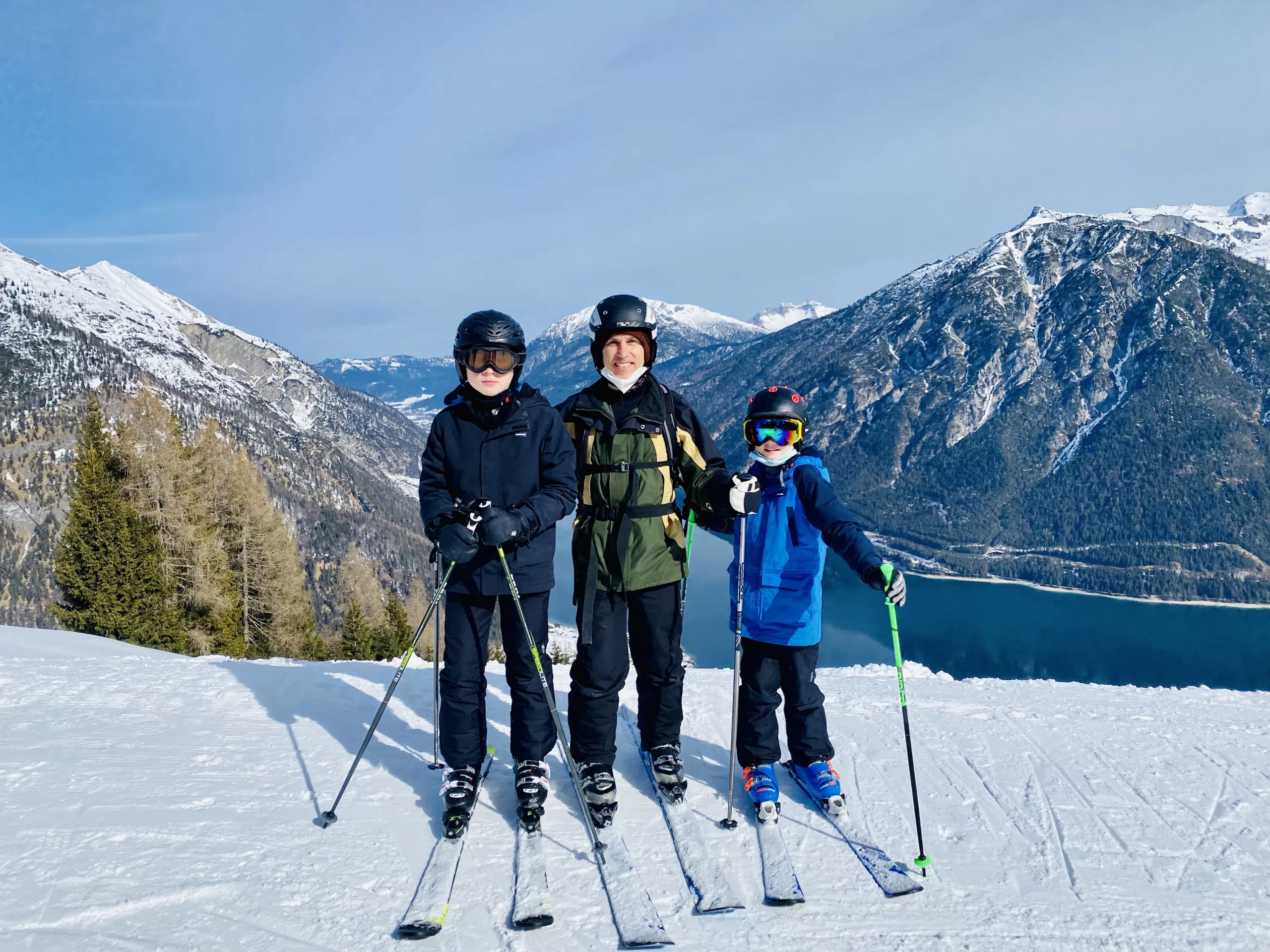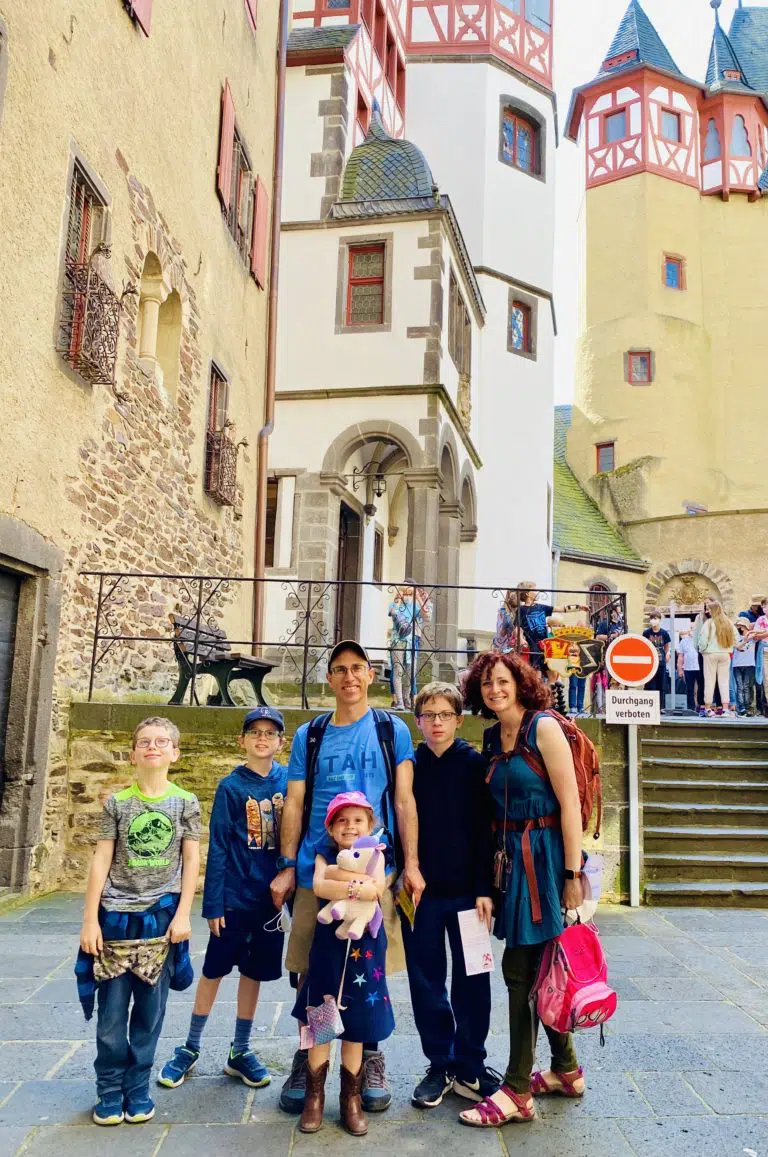Venice Overtourism is a Huge Problem – How Can Tourists Do Better?
Venice is one of the most popular tourist destinations in the world.he city is small and overtourism has become a big problem. How can we still visit this ancient and charming city, while being conscious and considerate tourists? I know for us, we want to make sure these historical locations will be around for generations to come.
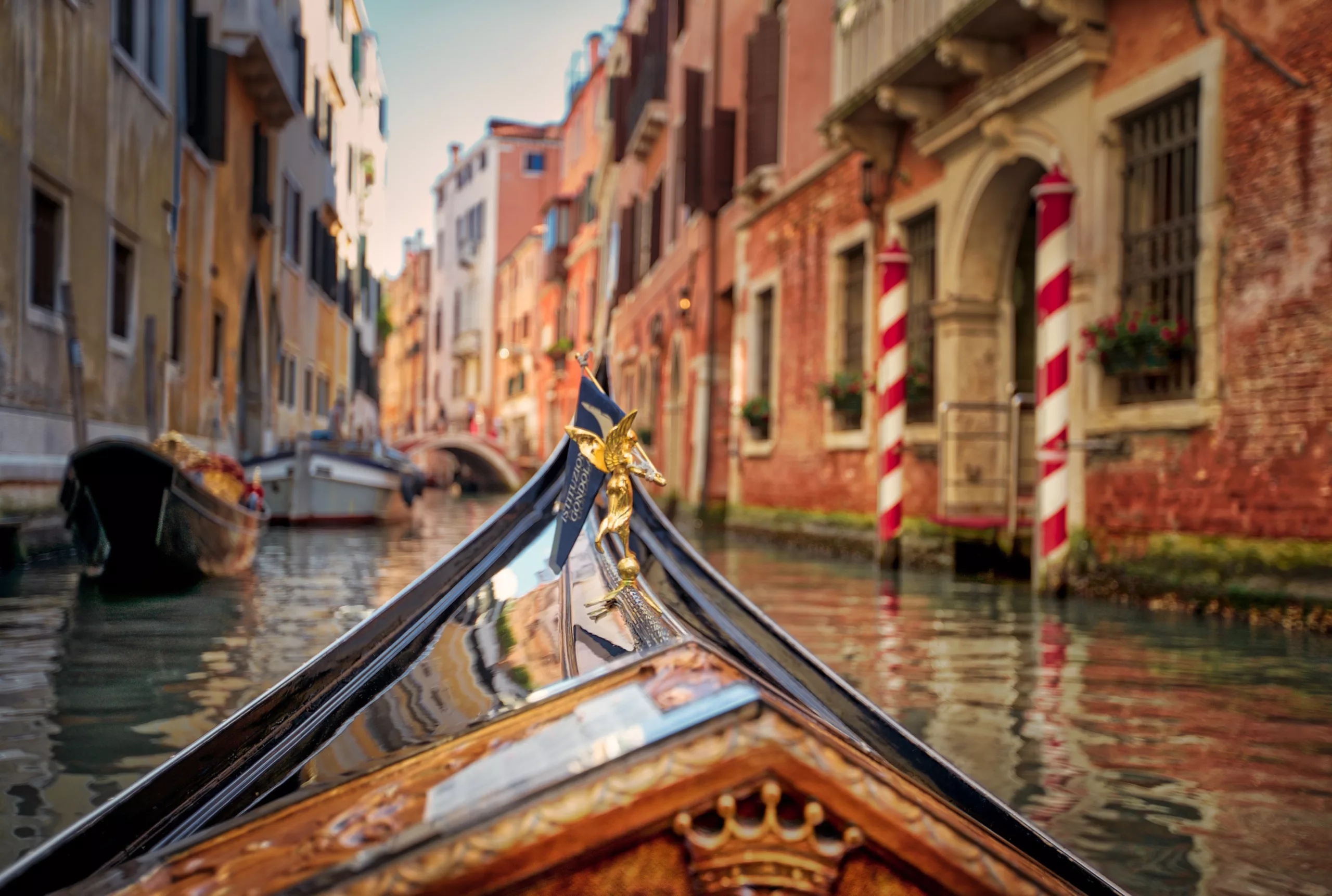
Venice Overtourism – What is Overtourism?
Overtourism refers to a situation where an excessive number of tourists visit a destination. This leads to negative impacts on the environment, culture, and economy of the area. When the number of visitors surpasses the carrying capacity of the destination, it causes overcrowding, congestion, pollution, and more. Overtourism can lead to the deterioration of local infrastructure, degradation of natural and cultural resources. It can also cause a decline in the quality of life for locals. It is a growing concern in many popular tourist destinations around the world, and requires careful management to ensure sustainable and responsible tourism.
Due to social media, there are now many locations throughout the world, like in Hallstatt, Austria, for instance, where overtourism has become a huge problem. If we want these historical places to be around for generations to come, we must learn what it means to be a considerate tourist.
Venice has a population of around 50,000 people, and the influx of tourists can sometimes be overwhelming. During peak tourist season, the number of visitors can exceed the number of residents, leading to overcrowding, long lines, and a strain on the city’s infrastructure.
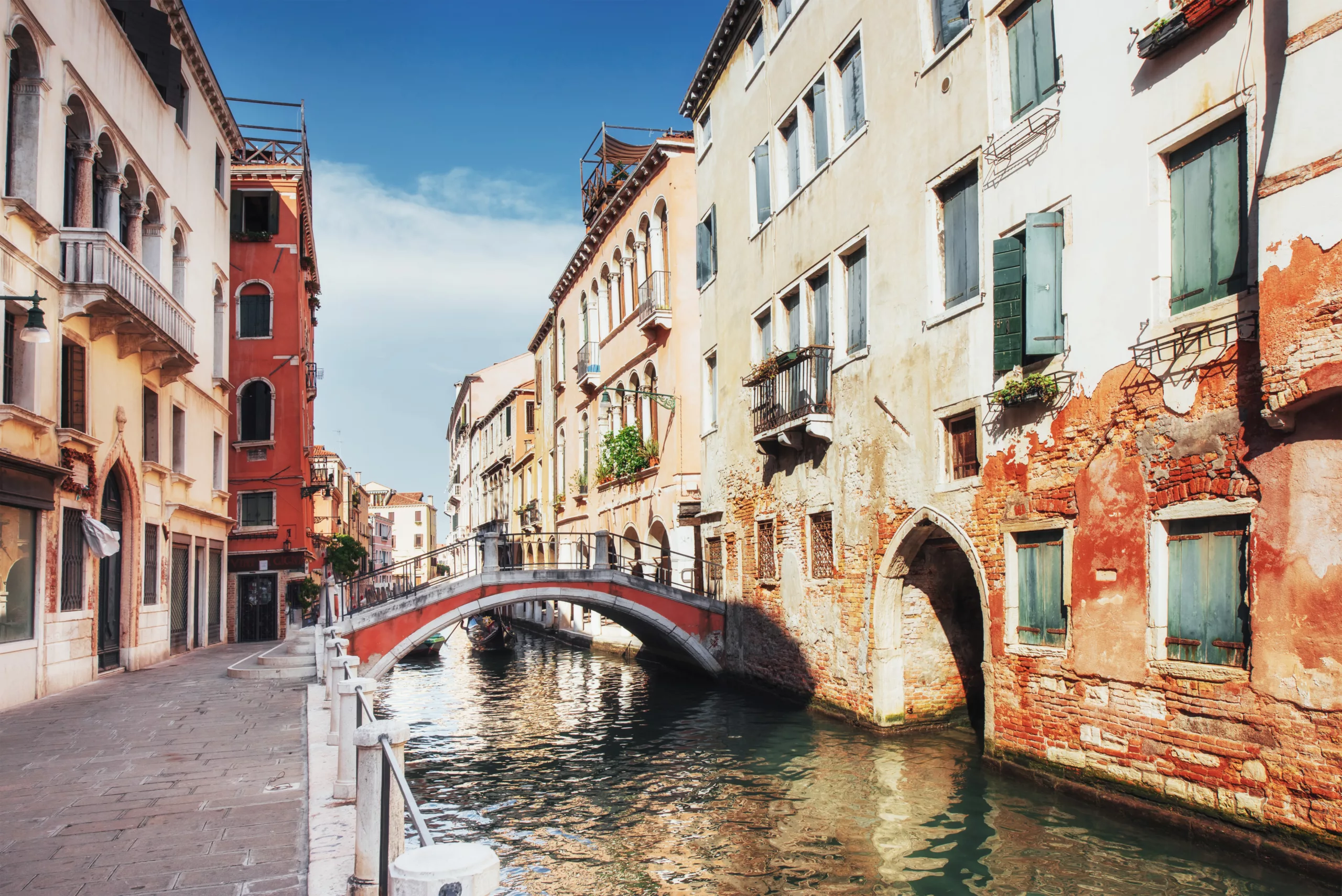
The Environmental Impact of Overtourism
The large number of tourists in Venice has a significant impact on the environment, particularly the city’s delicate ecosystem. The constant flow of cruise ships and other vessels in the lagoon has been blamed for causing erosion and pollution. The high number of tourists also results in an increase in waste. This can be challenging to manage in a city that has limited space. Thankfully, after 2020, the city began to limit the number of cruise ships that can come to the city each day.
Displacement of Locals
The increase in tourism has led to an increase in property prices. This has made it difficult for locals to afford to live in the city. Many locals have been forced to move to the mainland. We noticed this with our Gondolier. He told us his family had lived in Venice for generations but no longer could. Additionally, the increase in tourism has resulted in a rise in short-term vacation rentals, which can drive up housing costs and displace residents. It’s actually better to stay in a hotel than it is to rent an AirBnb.
Cultural Impact
The large number of tourists can have a significant impact on the city’s cultural heritage. Tourists are often drawn to Venice’s historic landmarks and architecture, but the sheer volume of visitors can lead to wear and tear on the city’s buildings and art. The increase in souvenir shops and mass tourism can also lead to a dilution of the city’s traditional culture and crafts.
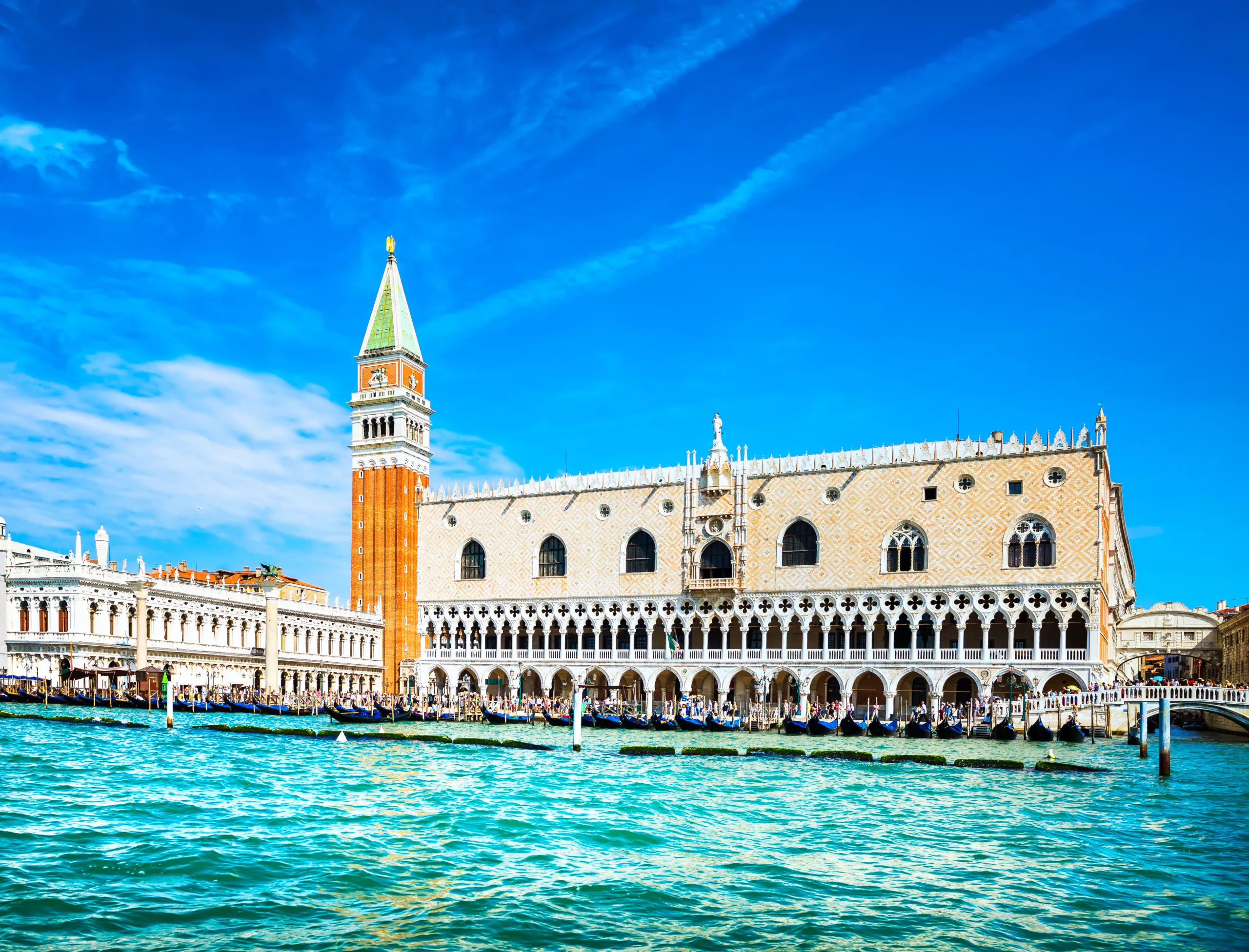
How We Reduce our Negative Impact to prevent Venice Overtourism?
It’s so important that we as tourists take care of Venice and other popular destinations around the world. This ensures that their rich history and culture are preserved for future generations. Here are some ways we can do better:
- Visit outside of peak season: The most significant impact of tourism in Venice occurs during the peak season, from May to September. Consider visiting during the off-season, when the crowds are smaller and the city is more relaxed.
- Respect the city and its residents: Remember that Venice is a living city, not just a tourist attraction. Respect the locals, their culture, and their way of life. Be mindful of noise levels, and avoid littering or vandalizing the city. It isn’t Disney World or an open museum!
- Choose sustainable accommodations: Consider staying in eco-friendly or sustainable accommodations, such as hotels that use renewable energy or recycle their waste.
- Support local businesses: Try to eat at local restaurants, buy from local shops, and hire local tour guides. This way, you will be supporting the local economy and helping to preserve the city’s unique culture. The problem with cruise ships is tourists are dropped off for the day, but don’t spend any money in the city. They often do not eat at the local restaurants or shop in the local stores.
- Avoid single-use plastics: Bring a reusable water bottle and shopping bag, and avoid using single-use plastics.
- Use public transportation: Venice is a walkable city, and it’s easy to get around on foot. However, if you need to take a boat, use the city’s public transportation system rather than hiring a private boat.
- Be mindful of your carbon footprint: Consider offsetting your carbon emissions from your trip to Venice by supporting carbon offset projects.
By following these guidelines, tourists can help to reduce their negative impact on Venice and contribute to the sustainable development of the city.

